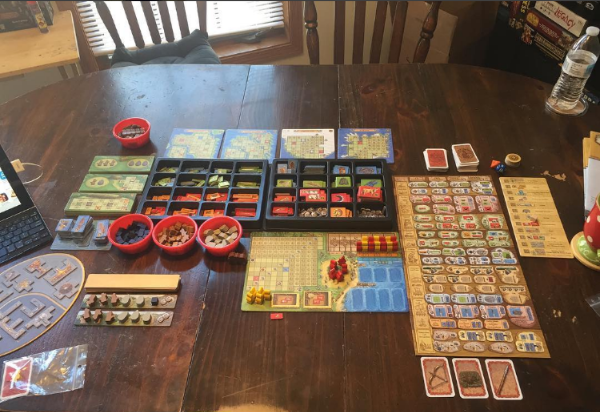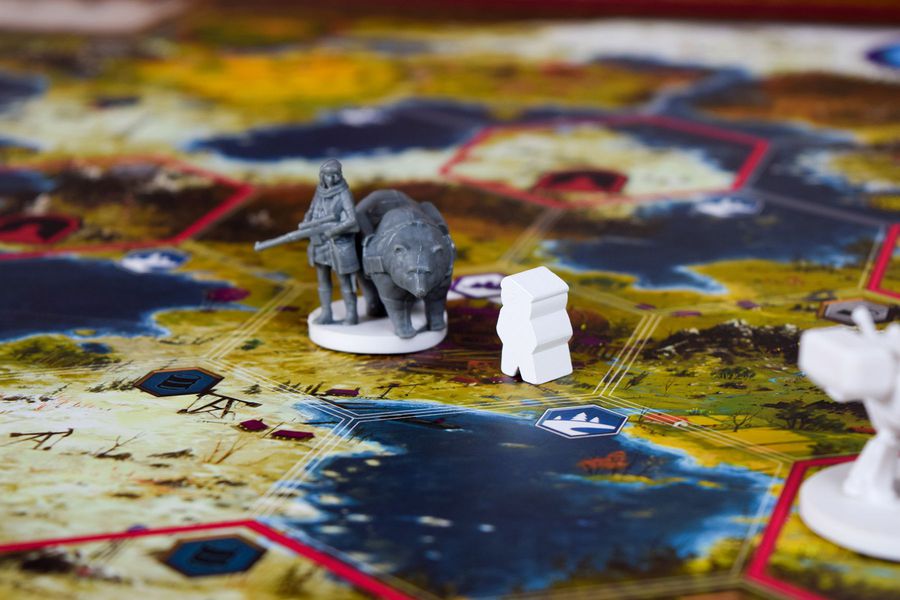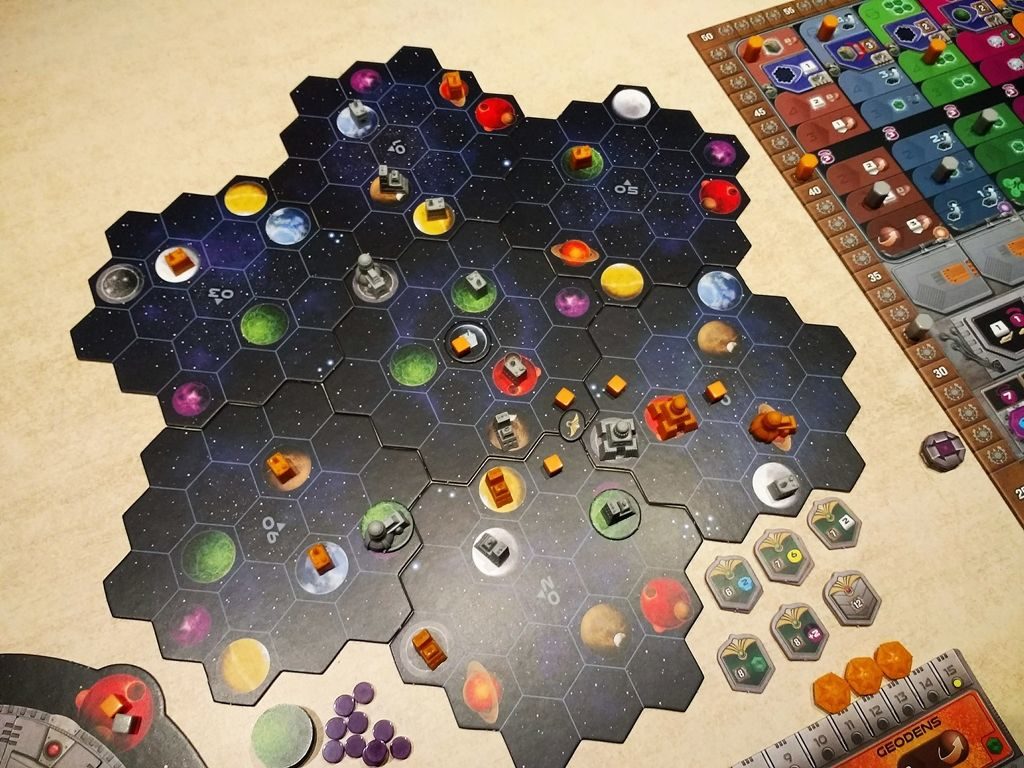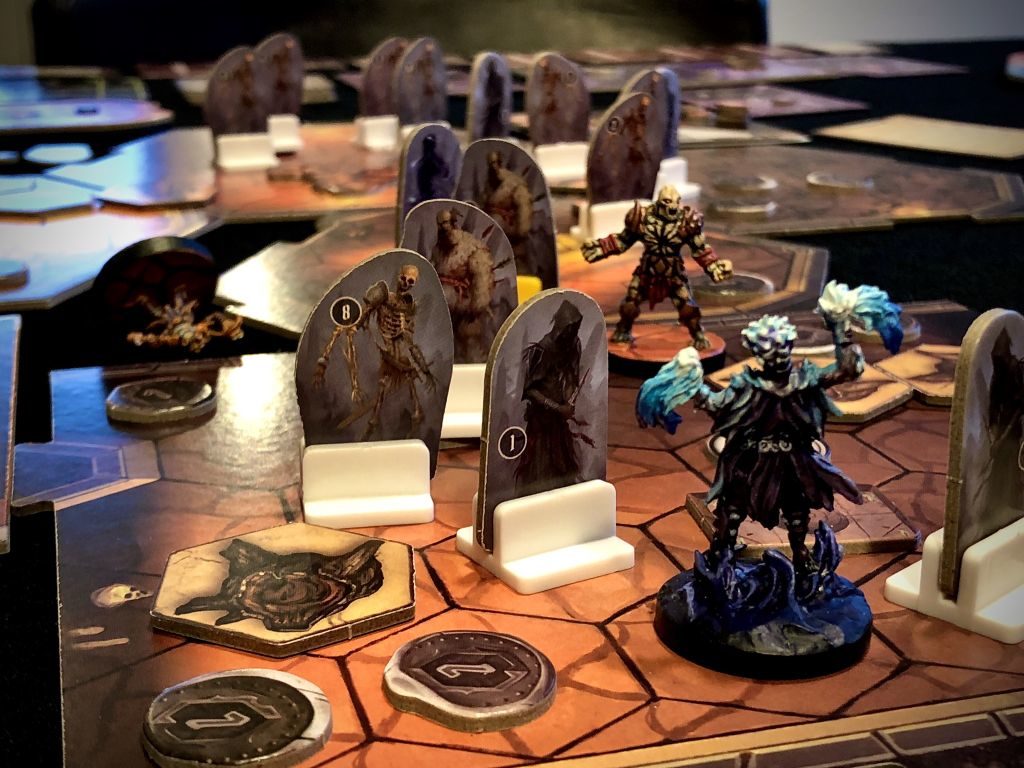5 Steps to Book Your Own Freight for Your Board Game Kickstarter
Much like how Expedia didn’t eliminate travel agents from the job market, freight marketplaces won’t eliminate freight brokers from the job market either. Freight marketplaces are merely an attractive alternative to hiring a broker.
If you want somebody to take care of freight entirely on your behalf, then it still makes sense to hire a freight broker. They have hard-won know-how that’s irreplaceable.But if you want to save a bit of cash or exercise a wider control over your business operations, then freight marketplaces are the way to go. One that I’ve used and that I personally like is Freightos.
That is a quote pulled from an article I wrote for the Stonemaier Games blog on behalf of my client Fulfillrite.
Suffice it to say, these days, you don’t have to use a freight broker if you don’t want to. You can book your own freight, and I’ve even done so with Tasty Humans to good effect. It’s not right for everyone, but it sure is nice to have the option!
Below is some text I stripped from the Stonemaier Games post for word count purposes. The following will give you a brief walkthrough of what it’s like to book your own freight.
If you want to learn more about the general concept of freight marketplaces, check out my post on Jamey Stegmaier’s blog.
If you want a really gritty, detailed guide on booking your own freight, check out this other post on the Fulfillrite blog.
5 Steps to Book Your Own Freight for Your Board Game Kickstarter
At this point, I think “show” beats “tell.” If you’re curious as to how freight marketplaces actually work, then you’re in luck. I’m going to walk through the process of setting up freight with my preferred freight marketplace, Freightos.
An aside: I’d be remiss if I didn’t mention that there are other freight marketplaces out there. Freightos is merely the big name in the industry, and the only marketplace that I have personally used and can vouch for as a result.
Once you first create an account and log in, this is what your screen will look like and it takes just five steps to book freight. I’ll demonstrate this now.
1. Enter information about your board games.
Freight shipping prices are typically based on the weight and physical dimensions of the items to be shipped. In this case, you won’t be thinking about the size of an individual board game, but rather the size of the boxes they are shipped in, or the pallets/containers.
In this example, I’m assuming we have 3 pallets, stacked 5 feet high and that weigh 800 pounds each. (You can use metric as well, should you happen to live in a place that uses easily divisible units of measure.)
If you don’t know this information off hand, you’ll need to ask your manufacturer for it.
2. Enter pickup and delivery information.
After you’ve entered in the approximate size and weight of your items to be shipped, you need to enter the pickup and delivery locations. These don’t have to be super precise – even a ZIP code is enough to secure a quote.
In this case, we’ll assume that items are coming from a factory or warehouse in the Guangdong Province of China. We’ll also assume, for the sake of cheeky self-promotion, that the goods will be delivered to Fulfillrite’s warehouse in New Jersey.
This example is a good one if you’re ordering goods under Ex Works (EXW) terms. That is to say, it’s a fitting example if your manufacturer holds onto your games in their warehouse until you pick them up.
Also common is shipping on Free On Board (FOB) terms. Under FOB terms, the manufacturer will drop off your goods at an airport or seaport, where you will coordinate the rest of the freight shipping. This is a bit cheaper, and in Freightos, you would do this by selecting an Origin Location Type of “Port/Airport (FOB)” instead of “Factory/Warehouse.” Simple enough!
3. Enter customs and additional services information.
Nobody involved in a Kickstarter campaign likes customs, but you have to take care of it! If you use a freight marketplace, you can handle the business-facing customs charges with relative ease.
In the above example, I assume that we’ll need customs clearance for just one type of commodity: board games. I’ve also opted to purchase a customs bond for USA imports for the value of the shipment, which in this case, I’m assuming is $15,000.
Thankfully, this isn’t a hazardous shipment nor is it a personal shipment. I’ve chosen to add insurance for the entire value of the shipment, which is again $15,000.
Freightos goes out of their way to clarify that customs duties and taxes are not included in the quote. They are instead charged to your credit card when they are incurred. Make sure to price that into the total cost!
Also worth noting is that if you house all your items in a US warehouse and ship to international backers from there, they might incur customs charges for their individually packed rewards. You can read more about how to handle that here, but for the purposes of this guide on booking freight, I’ll move on.
4. Select a freight quote.
At this point, you’ll be given a lot of freight shipping options, with the ability to provide a variety of filters. Of particular interest are the modes listed on the left side, which include “Ocean LCL”, “express”, and “air.”
Ocean shipping is going to be cheaper, and is usually just fine for crowdfunding campaigns. Air shipping might be a good option if you’re trying to get your games shipped quickly.
For the purposes of this guide, I’m going to choose the top result. Seabay appears to have a good rating from almost one thousand companies. The price is low and the transit time is average (that is, good enough for cheap shipping).
Keep in mind that you have a lot of different options here. If you want quick shipping or eco-friendly shipping, Freightos, and other freight marketplaces, can accommodate your desires.
5. Enter other information.
Once you select a quote, Freightos will ask for a little more information. That includes basic information such as your company name and contact information, as well as information about the commodities you’re shipping. You will then also be prompted to enter a valid credit card. Your card is then charged and your shipping is booked.
That’s all there is to it!
As I mentioned earlier, booking freight is a lot easier than it used to be. Freight brokers are still a great option if you want to have someone take care of the process for you. If you’re on a budget or want a little more control, though, freight marketplaces are here to make your life easier!

















